- Bina Rumah Batu-Bata
- Zero Deposit
- Spesifikasi Rumah
- Lokasi Projek
- Pembiayaan LPPSA
- Garis Panduan LPPSA (Rasmi)
- Soalan Lazim LPPSA
- E-Book LPPSA (Download)
- 1. Apa itu LPPSA?
- 2. Kelebihan LPPSA
- 3. Syarat Kelayakan
- 4. Jenis-Jenis Pembiayaan
- Jenis 1 – Pembelian Rumah Kediaman Yang Telah Siap
- Jenis 2 – Membina Rumah Di Atas Tanah Sendiri
- Jenis 3 – Membeli Rumah Kediaman Yang Sedang Dibina
- Jenis 4 – Pembelian Tanah Bagi Pembinaan Rumah
- Jenis 5 – Melunaskan Keseluruhan/ Sebahagian Pinjaman Sedia Ada Daripada Bank/ Institusi Kewangan
- Jenis 6 – Pembinaan Rumah Kediaman Di Atas Tanah Yang Sedang Dibiayai Oleh BPP/ LPPSA
- Jenis 7 – Ubah Suai Rumah Yang Sedang Atau Telah Selesai Bayar Melalui LPPSA
- 5. Semak Kelayakan LPPSA
- 6. Dokumen Yang Diperlukan
- 7. Insurans/ Takaful LPPSA
- 8. Kos Yuran Guaman
- 9. BONUS: Bina Rumah
- Pembiayaan Koperasi
- Pengeluaran KWSP
- Bayaran Tunai
- Kalkulator
The Ultimate Guide to Building Your Own Home in Malaysia – No Experience Required! | RumahHQ
Building your own home can feel like a daunting task, especially for those of us who don’t have a background in construction or home design. But what if we told you that creating your dream home in Malaysia is not only possible, but also achievable without any prior experience? Welcome to “The Ultimate Guide to Building Your Own Home in Malaysia – No Experience Required!” In this guide, we’ll break down every step of the process. From planning your dream layout to navigating permits and finding the right contractors, we’re here to help you transform that vision into reality. So grab a cup of teh tarik, sit back, and let’s explore how you can build a space that you’ll love to call home!
Understanding the Malaysian Housing Market and Your Options
When diving into the Malaysian housing market, it’s crucial to grasp the dynamic landscape shaped by various factors such as economic conditions, government policies, and cultural nuances. The demand for homes continues to grow, especially in urban areas like Kuala Lumpur and Penang, where job opportunities flourish and amenities are abundant. Understanding these elements can help you identify the type of home that suits your lifestyle, budget, and long-term goals.
As you embark on the journey to build your own home, it’s essential to familiarize yourself with the different types of properties available in Malaysia. Here are a few popular options:
- Detached houses – Standalone structures offering privacy and space.
- Terraced houses – Economical and popular in urban settings, sharing walls with neighbors.
- Condos – Ideal for those seeking a low-maintenance lifestyle with shared amenities.
- Bungalows – Great for larger families, offering spacious living areas and gardens.
Financing your home can appear daunting at first, but there are various options available tailored to different financial backgrounds. Here’s a handy overview of mortgage types in Malaysia:
| Mortgage Type | Description |
|---|---|
| Fixed Rate Mortgage | Predictable monthly payments; interest rate remains the same throughout the loan term. |
| Variable Rate Mortgage | Interest rate fluctuates based on market changes, which can lead to lower initial payments. |
| Islamic Financing | Sharia-compliant options with no interest; profit-sharing models are common. |
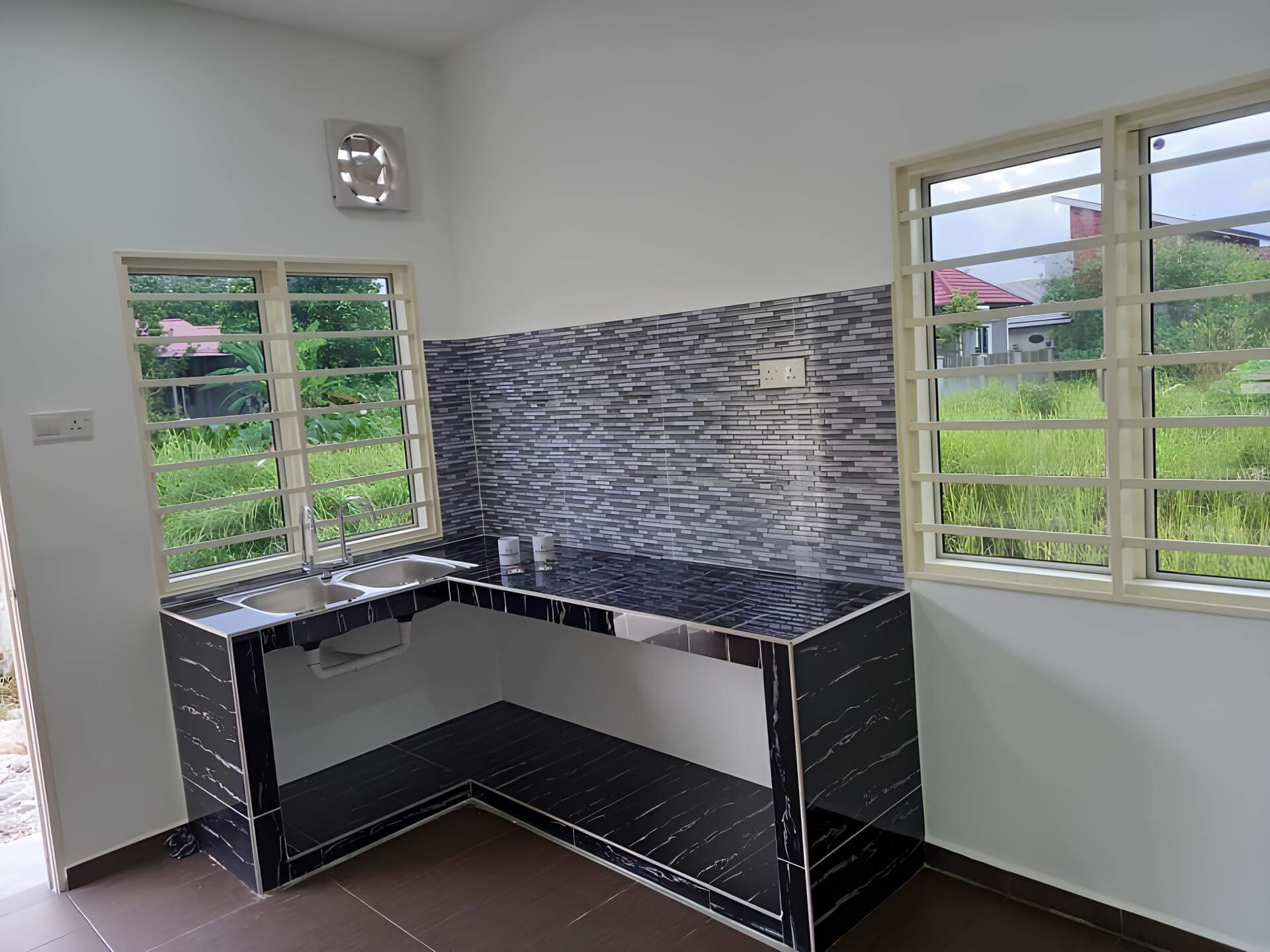
Choosing the Right Location for Your Dream Home
Finding the perfect spot to build your house is kind of like dating; you need to check compatibility before you commit! Think about what you value most in your surroundings. Do you dream of living in a bustling city like Kuala Lumpur, with its vibrant atmosphere and nearby amenities? Or maybe you’re leaning more towards the tranquil vibes of the countryside, where you can breathe fresh air and enjoy nature’s beauty. Both options have their perks, so it’s all about what suits your lifestyle best.
Next up, consider the infrastructure and accessibility of your chosen area. You want to be close enough to essential services — like schools, hospitals, and grocery stores — but without the chaos of city life if that’s not your thing. Here are some factors to keep in mind:
- Distance to public transport
- Availability of major roads
- Accessibility to amenities
- Future development plans in the area
don’t forget about the local community! A friendly neighborhood can make your new house feel like home in no time. It’s worth considering the demographics and culture of the area. Are there families with kids, or is it more of an expat community? Checking out community events or neighborhood social media pages can give you a sense of whether it’s the right fit. Here’s a simple way to evaluate potential locations:
| Factor | City Living | Countryside Living |
|---|---|---|
| Amenities | Abundant | Limited |
| Nature Access | Rare | Plentiful |
| Noise Level | High | Low |
| Cost of Living | Higher | Generally Lower |
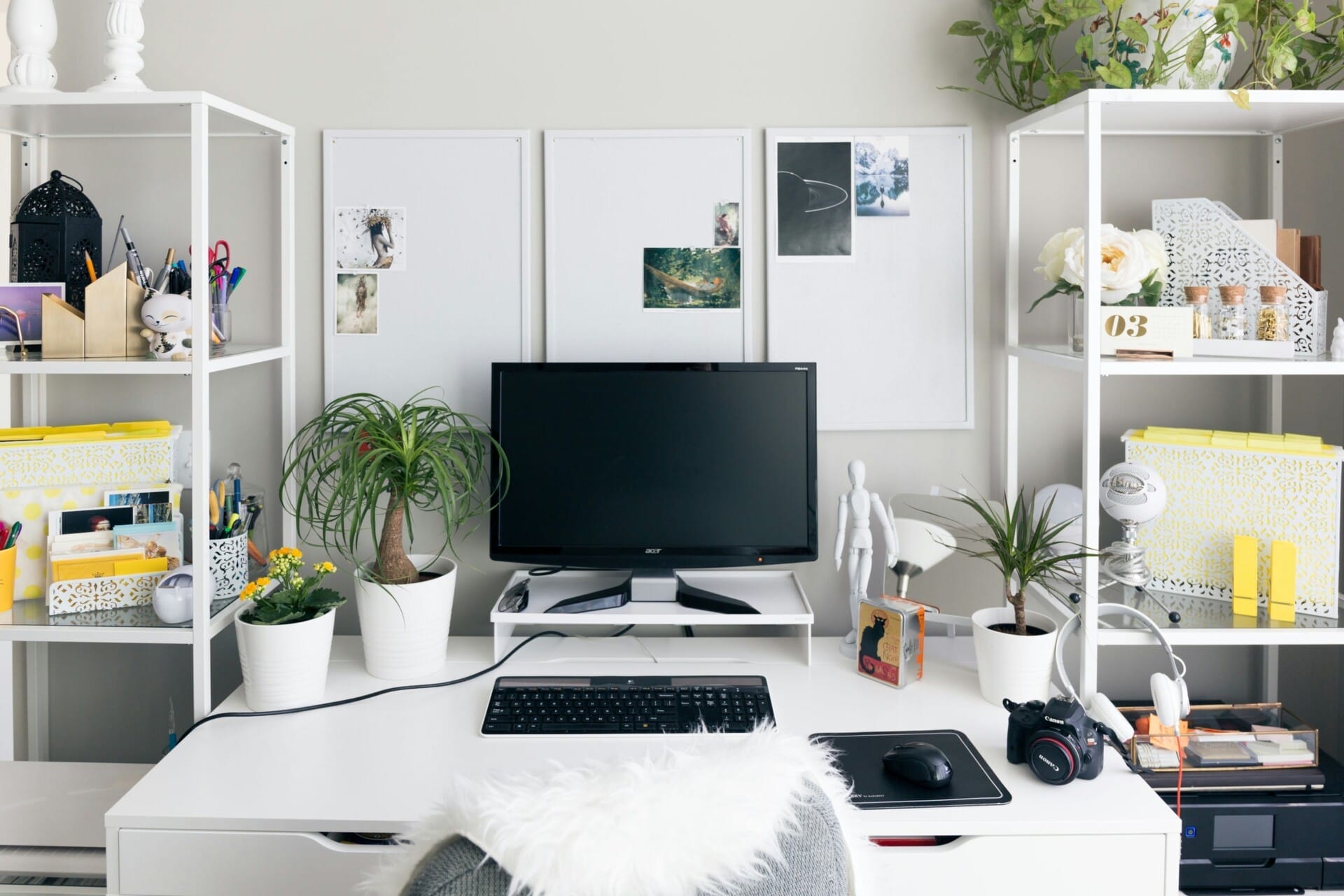
Navigating Legalities and Permits for Home Construction
Beginning your journey into home construction in Malaysia involves getting a grip on the legalities and permits set up by local authorities. Each state has its own set of regulations, which can make things feel overwhelming. First off, you’ll need to secure a land title and ensure that the land you plan to build on is designated for residential use. This is your first legal hurdle, so make sure to check with the local land office. In addition, familiarize yourself with the Town Planning Act, which outlines the necessary permits for building in your area. Here’s a basic checklist to keep handy:
- Land Title – Verify ownership and zoning.
- Site Plan Approval – Obtain approval from local authorities.
- Building Plan Approval – Submit detailed architectural plans.
- Construction Permit – Necessary before starting any building work.
Next up, don’t forget about your construction permit, which is a requirement before breaking ground on your new abode. This involves submitting your detailed building plans to the local council for review. A good practice is to consult with a licensed architect or builder, as they can help streamline this process and ensure all your paperwork is in order. Additionally, be prepared for possible inspections and compliance checks during construction—having everything in line will pay off in the long run.
| Permit Type | Description |
|---|---|
| Land Title | Proof of ownership and right to develop. |
| Site Plan Approval | Approval for the layout of your project. |
| Building Permit | Permission to commence construction. |
After getting your permits sorted, it’s crucial to stay updated with any local regulations that might change during your construction process. For example, restrictions on noise, working hours, and waste disposal are common in many neighborhoods. You might also want to consider policies regarding environmental impact to ensure you’re building in a sustainable manner. By keeping these regulations at the forefront, you’ll not only facilitate a smoother building process but also contribute to a better living environment for your future neighbors.
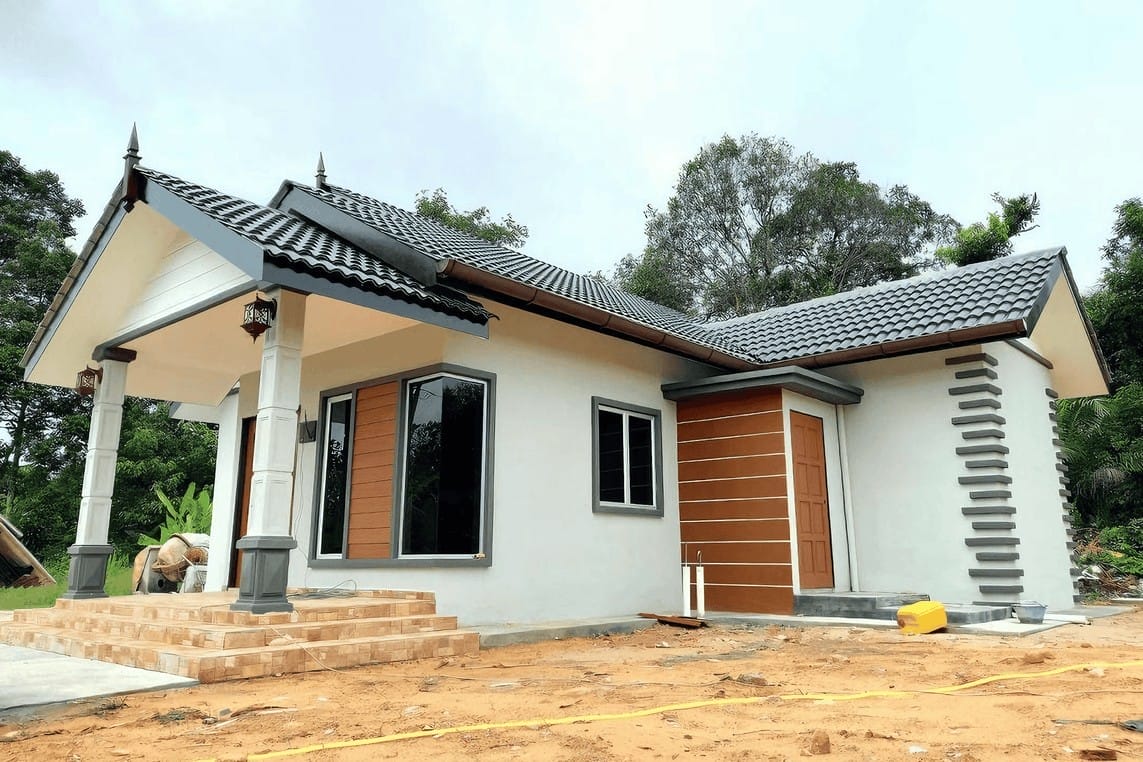
Designing Your Home: Creating a Blueprint for Success
Blueprinting Your Dream Home
Starting this exciting journey involves a solid plan, and sketching out your intentions is the first step. A blueprint isn’t just a drawing; it’s your vision translated into a practical format. To get you going, here are some essential aspects to consider:
- Define Your Needs: Think about how many rooms you need, whether you want an open-concept layout, and special features like a home office or a garden.
- Set a Budget: Know how much you can afford and stick to it! Factor in land costs, building materials, labor, and a little extra for unexpected expenses.
- Choose a Style: Do you lean towards modern minimalism or classic charm? Your home’s design should reflect your personality and lifestyle.
Once you have a clear idea, it’s time to visualize your plan. Engaging with design software or a simple pen and paper can help bring those ideas to life. If you’re not tech-savvy, don’t worry; there are plenty of user-friendly applications available online. Here’s a quick checklist to guide you in creating your plan:
| Step | Action |
|---|---|
| 1. | Sketch out the layout of each room. |
| 2. | Consider natural light and ventilation points. |
| 3. | Think about the flow between spaces. |
| 4. | Incorporate storage solutions early on. |
After your first draft, step back and assess your design. You might want to consult with friends or family, or even reach out to professionals if you’re feeling uncertain. Remember, it’s all about balancing functionality with aesthetics. Keep refining your blueprint until it feels just right for you. Your home is your sanctuary, so make sure your blueprint reflects not just how you want to live today, but how you’ll grow in the space over the years.
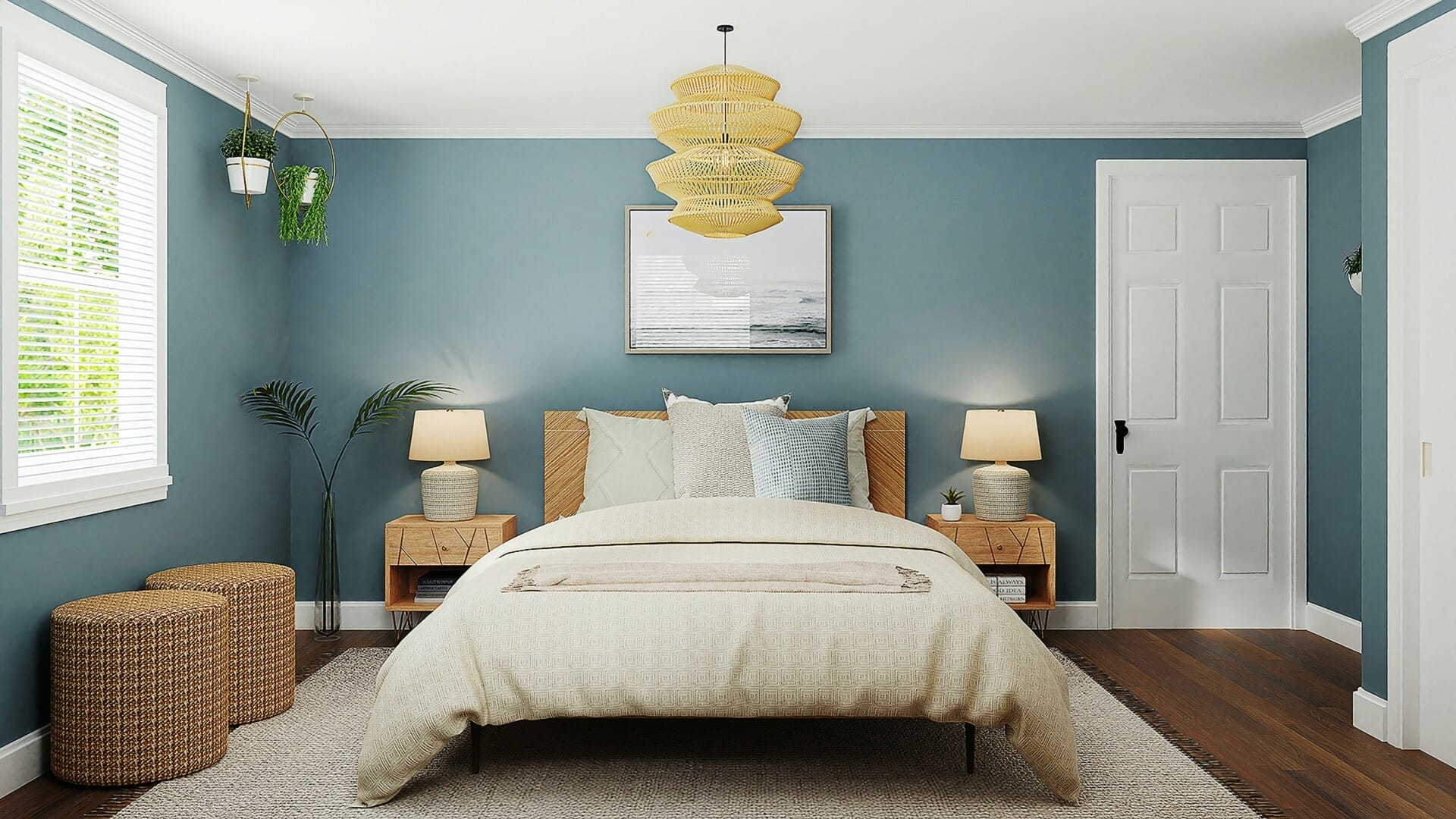
Selecting the Best Materials and Sustainable Solutions
When building your home, the choice of materials plays a huge role, not just in aesthetics but also in sustainability. Opting for eco-friendly materials like bamboo, reclaimed wood, or straw bales can significantly reduce your ecological footprint. These materials are not only sustainable but also provide natural insulation, helping to keep your energy costs down. Plus, they add unique character to your home!
Consider the benefits of locally sourced materials as well. By using materials harvested or manufactured in Malaysia, you’re reducing transportation emissions and supporting the local economy. Components like traditional clay tiles, local timber, or even artisanal bricks can bring a distinct Malaysian charm to your home while promoting sustainable practices.
| Material Type | Benefits |
|---|---|
| Recycled Materials | Reduce waste, cost-effective, and diverse design options. |
| Energy-efficient Solutions | Lower energy bills, improve comfort, and increase home value. |
| Bamboo | Fast-growing, strong, and versatile building option. |
Don’t overlook energy-efficient solutions too! Implementing smarter home designs with ample natural lighting, proper ventilation, and high-quality insulation reduces reliance on artificial heating and cooling. Pair these with energy-efficient appliances and fixtures, and you could be significantly cutting down those utility bills.
Finding Reliable Contractors and Building Professionals
When it comes to building your own home, one of the most crucial steps is finding contractors and building professionals you can trust. Start by asking for recommendations from friends, family, or colleagues who have recently undertaken similar projects. Online platforms and social media groups specific to homeowners in Malaysia can also provide insights into reputable professionals. Don’t skip the research phase; check reviews and ratings on websites like blank”>Facebook, where you can find testimonials and past project photos.
Once you’ve narrowed down your list, it’s essential to schedule interviews with potential candidates. During these meetings, assess their professionalism and communication style. You’ll want contractors who make you feel comfortable and can discuss your vision openly. Be sure to inquire about their experience, availability, and how they handle project challenges. Consider asking about their past projects and whether they have any references you can contact for feedback. This way, you’ll have a better gauge on what to expect if you decide to work with them.
To help you keep track of the information and make the right choice, creating a comparison table can be beneficial. Here’s a simple template to guide your decision-making:
| Contractor Name | Experience (Years) | Estimated Cost | Rating |
|---|---|---|---|
| ABC Builders | 10 | RM200,000 | 4.5/5 |
| XYZ Construction | 15 | RM250,000 | 4.7/5 |
| HomePro Corp | 8 | RM180,000 | 4.3/5 |
With the right tools and information at your disposal, you’ll be well-positioned to select contractors who meet your needs and budget, making your home-building journey smoother and more enjoyable!
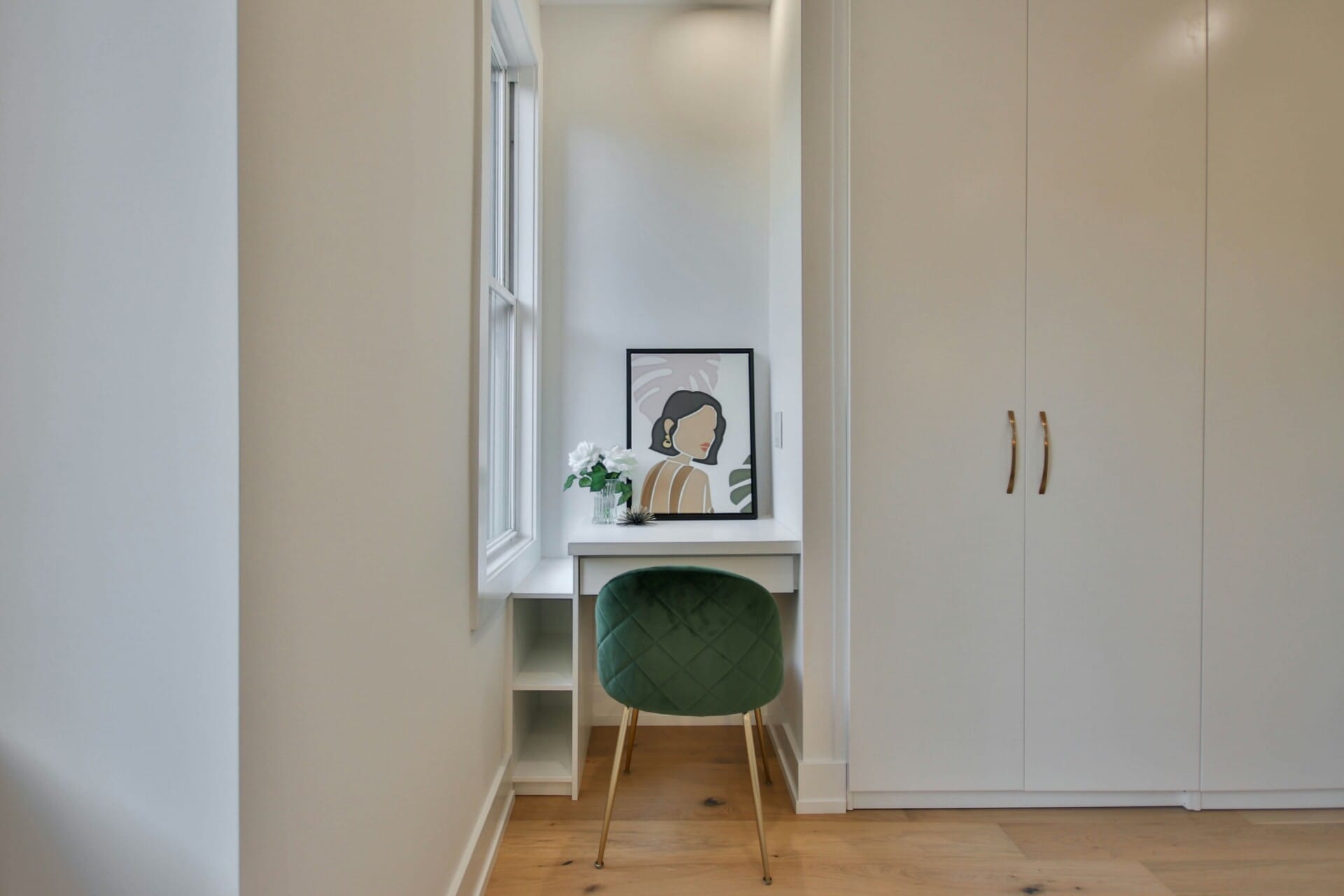
Budgeting Your Build: Managing Costs Wisely
When diving into the world of home building, keeping an eye on your expenses is crucial. Start by developing a clear budget that outlines every aspect, from land acquisition to interior decor. Consider these essential categories to ensure nothing slips through the cracks:
- Land Cost: Price of the land, legal fees, and taxes.
- Construction Materials: Concrete, steel, bricks, and finishes.
- Labor: Wages for builders, electricians, and plumbers.
- Permits and Fees: Local council approvals and inspections.
- Furnishings: Furniture, appliances, and decor.
Keep an organized spreadsheet or use budgeting apps to track your spending. Always set aside a contingency fund—typically around 10-15% of your total budget— to tackle unexpected costs. It’s not uncommon for projects to run into delays or surprise expenses, so having a financial buffer can save you a lot of headaches!
| Expense Type | Estimated Cost (MYR) |
|---|---|
| Land Purchase | 100,000 |
| Construction Materials | 150,000 |
| Labor Costs | 80,000 |
| Interior Furnishings | 50,000 |
Be proactive in researching suppliers and builders who can offer competitive pricing without skimping on quality. Attending local building fairs or workshops can provide insights and connections that potentially lead to better deals. Forming relationships with contractors and negotiating your rates can greatly reduce your overall expenditure. Remember, wise spending doesn’t mean sacrificing quality, but rather ensuring you get the best value for your investments.
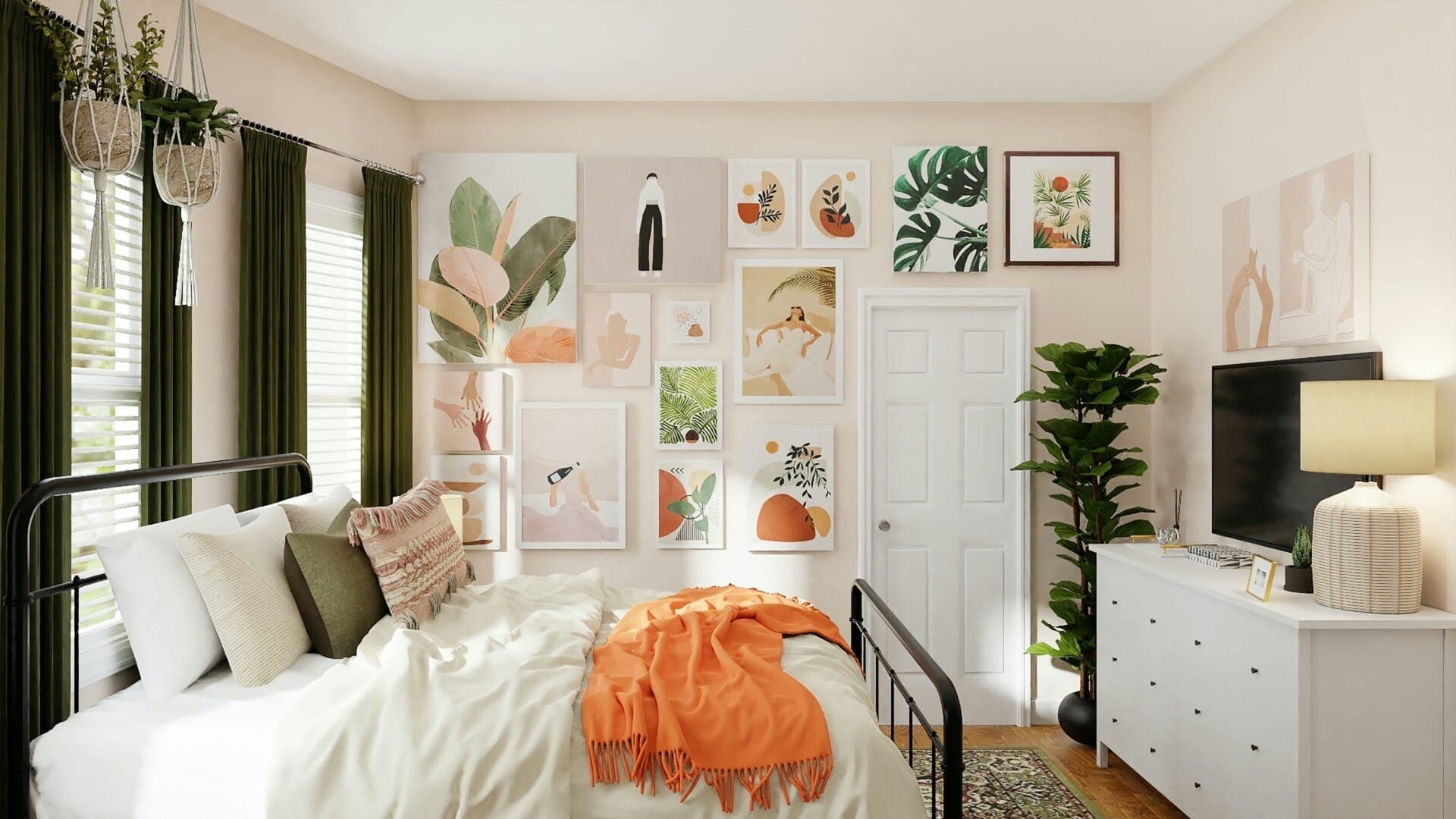
Insider Tips for Overcoming Common Challenges in Home Building
Building your dream home can be a rewarding adventure, but challenges might pop up along the way. One of the most common issues is budgeting. To keep your finances in check, create a detailed budget that outlines all expected costs, including materials, labor, and permits. Don’t forget to allocate an emergency fund of about 10-15% of your total budget to cushion against unexpected expenses. Regularly review your spending to ensure you’re on track and adjust as necessary. This practice helps in making informed decisions without breaking the bank.
User-friendly project management tools can also make a significant difference. Keeping track of deadlines, contracts, and communications gets much easier when everything is organized in one place. Look for apps that can streamline your process; even a simple shared spreadsheet can help you stick to timelines and keep everyone in the loop. This level of transparency fosters stronger relationships with contractors and suppliers, leading to smoother progress and fewer misunderstandings.
Lastly, don’t underestimate the power of research and networking. Connect with other homeowners who have gone through the process. Local forums and social media groups can provide insights on the missteps they encountered, as well as recommendations for reliable contractors and materials. Consider conducting a table of common challenges and their solutions based on this feedback:
| Challenge | Solution |
|---|---|
| Cost Overruns | Maintain a flexible budget |
| Construction Delays | Set realistic timelines |
| Limited Knowledge | Join workshops and online courses |
| Poor Communication | Use project management tools |
The Conclusion
And there you have it! Building your own home in Malaysia doesn’t have to be a daunting challenge, especially if you’re armed with the right knowledge and a good dose of determination. By following the guidelines laid out in this ultimate guide, you’re now better equipped to navigate the process, step by step. Remember, everyone starts somewhere, and with a little patience and some sweat equity, you can turn your dream home into a reality.
So, whether you’re picturing a cozy bungalow by the beach, a modern apartment in the city, or a charming house in the countryside, take the plunge! Don’t let a lack of experience hold you back. Dive into that local market, gather your resources, and most importantly, have fun with it! Your future home is just waiting to be built, and who knows? You might even discover a few hidden talents along the way. Happy building, everyone! 🏠✨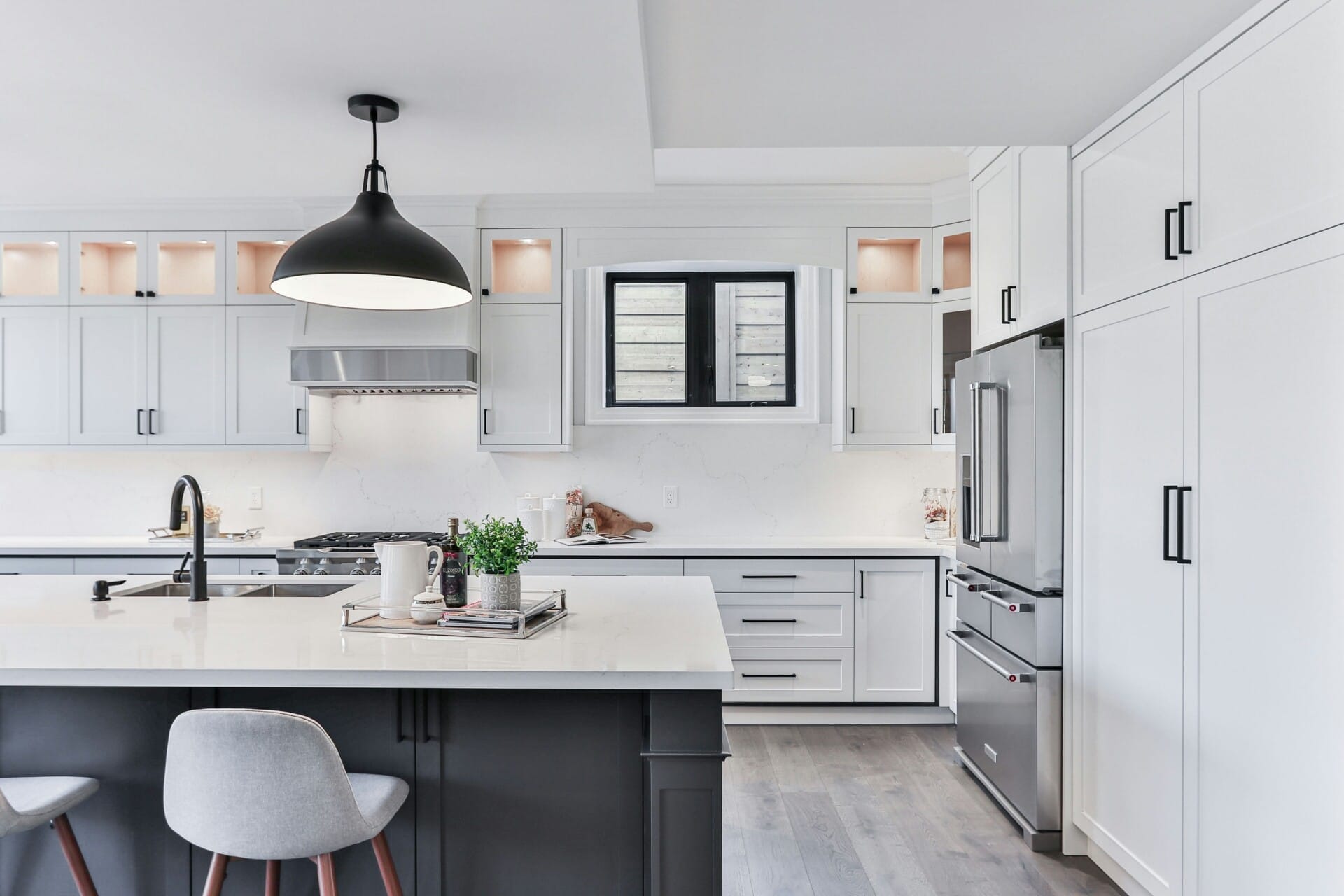
Source link
kontraktor rumah
bina rumah
pinjaman lppsa
pengeluaran kwsp
spesifikasi rumah
rumah batu-bata
pelan rumah
rekabentuk rumah
bina rumah atas tanah sendiri
kontraktor rumah selangor
rumah banglo



